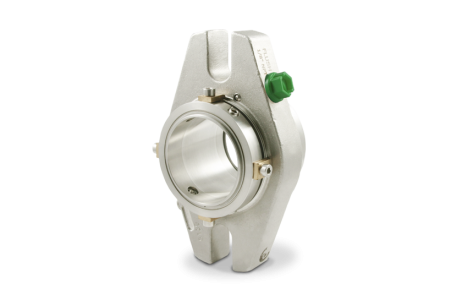There are many industrial areas that also work with water as a main fluid, and some of these can acquire great economic importance. Out of all water-related industries, the most important might very well be hydroelectric generation plants, desalination plants or pumping stations.
One of the most characteristic factors of these kinds of industries is the high pressure of their equipment: from the turbo-pumps used in pumping stations, which need to be supplied with great volumes of water at high pressures, to the pumps used in desalination plants, which are designed to work under enormous pressure to enable osmosis processes. This is the reason why such specific solutions are required for these kinds of industries.
The LSC10B-FQ model is ideal to work with these types of appliances because both its materials and its design have been specifically chosen for the purpose of working under high pressure and/or turn velocities, all thanks to its balanced and specially reinforces frictions surfaces, the Quench special system and the Flush connection.
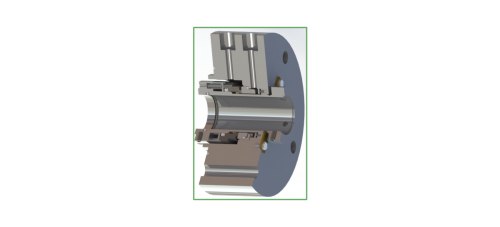
It is also essential to be aware of the alternatives to the use of seals as well as of the different types of assemblies that can achieve saving water, for example the API PLANS, recommended to reduce consume.
Whenever possible, the PLAN API12, which inserts a cyclonic filter between the pump’s impulsion and the injection to the mechanical seal chamber, must be used instead of any API32 plans, in which fluid from an external source is added with pressure to the mechanical seal chamber.
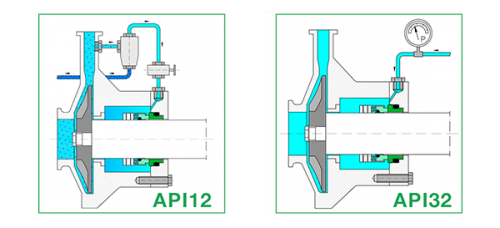
This enables the use of the same fluid that is being pumped to renovate the fluid inside the mechanical seal chamber and lengthen the lifecycle of said mechanical seal without the need for more water. Another option is using API PLANS with double seals that make possible the protection of the seal by pumping fluid through a closed circuit. Some examples of such assemblies are the API52, API53A, API53B and API53C plans.
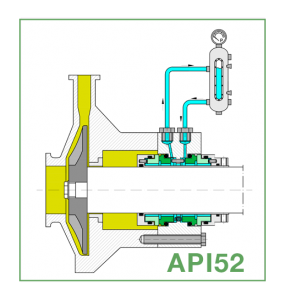
The same concept of assembly can be applied to API plans for Quench seals. The API62 plans use an external fluid source to refrigerate the seal. This is also possible using the API51 plan, in which, once again, a deposit is used to refrigerate the seal through a closed circuit.
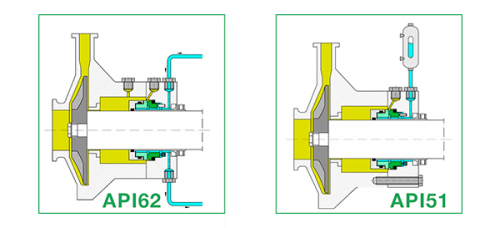
Finally, measures to detect leaks that enable the correction of the problem in the shortest amount of time, thus reducing the quantity of wasted fluid. An example could be the application of the API65 plan, in which the seal has a “Drain” connection where it can be attached to a sensor that detects the leak and notifies the failing of the seal or even stops the system automatically. Lidering has a seal capable of working with this kind of assembly, the cartridge seal LSC211A-FD, which has both a Flush and a DRAIN connection.
